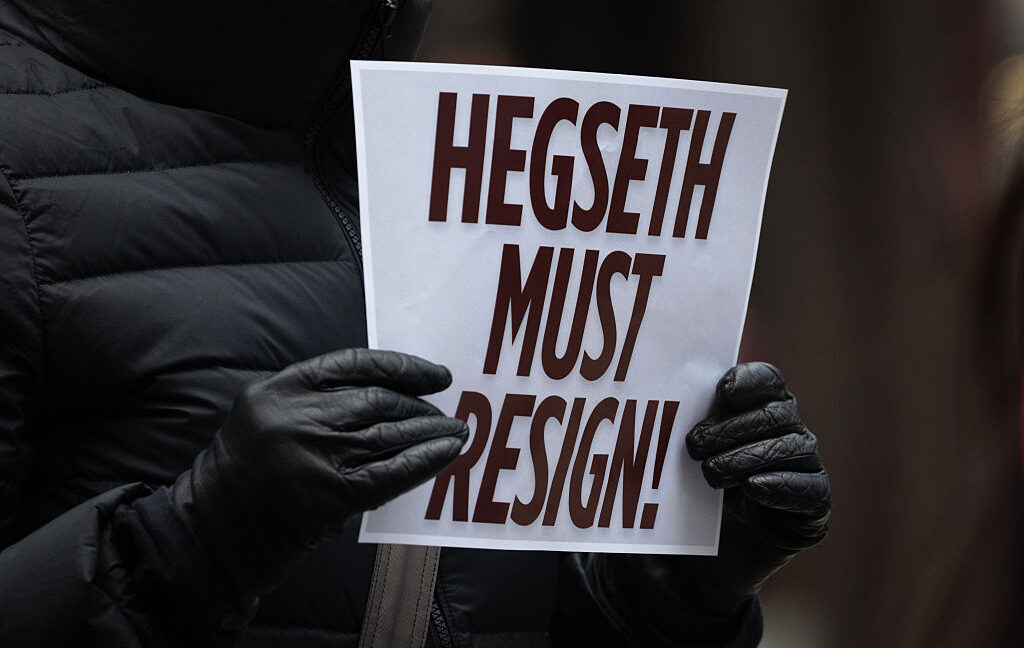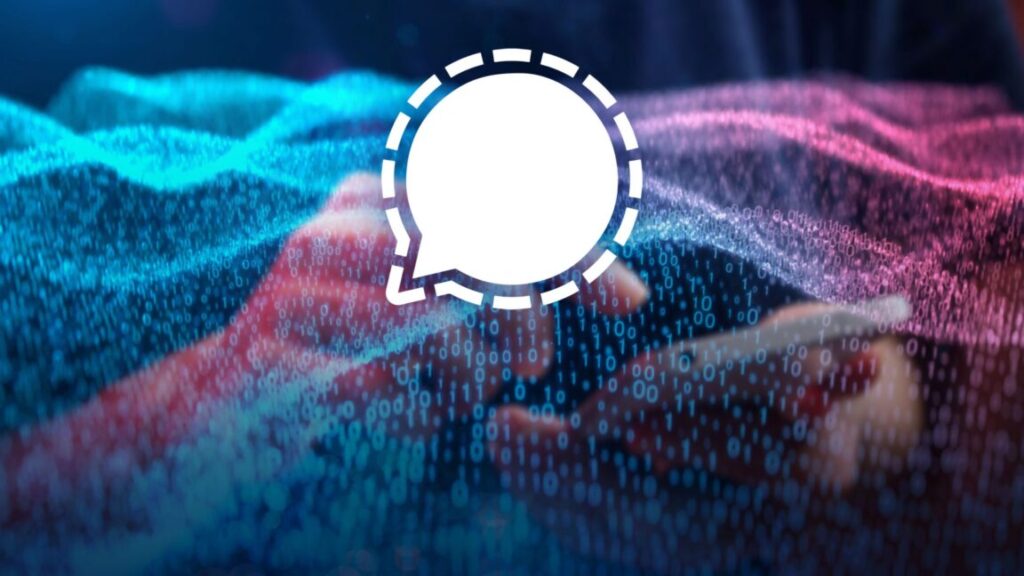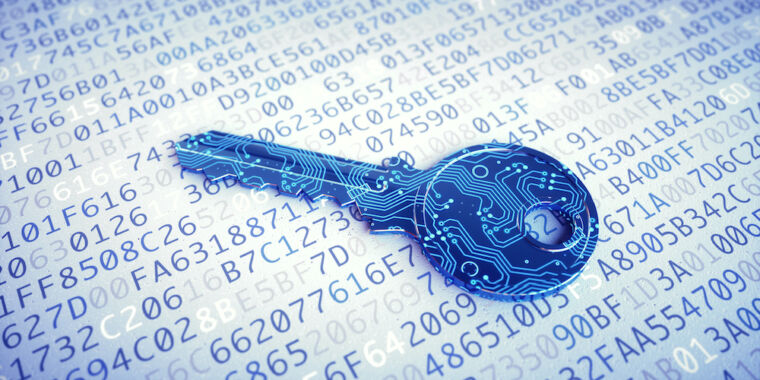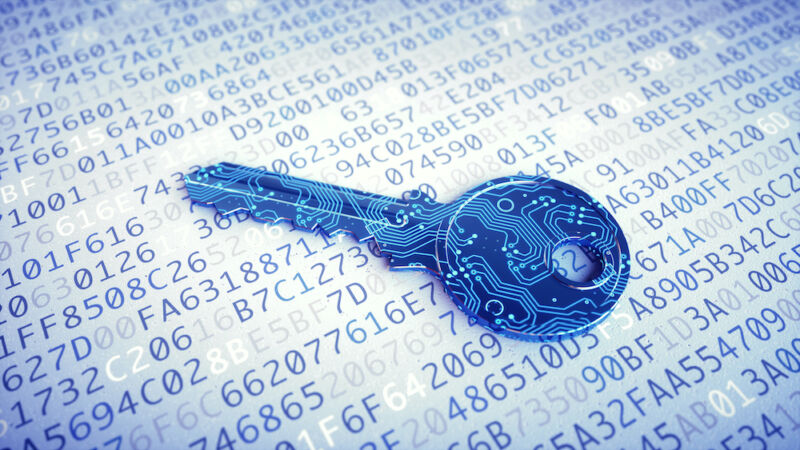Signal clone used by Trump official stops operations after report it was hacked
Waltz was removed from his post late last week, with Trump nominating him to serve as ambassador to the United Nations.
TeleMessage website removes Signal mentions
The TeleMessage website until recently boasted the ability to “capture, archive and monitor mobile communication” through text messages, voice calls, WhatsApp, WeChat, Telegram, and Signal, as seen in an Internet Archive capture from Saturday. Another archived page says that TeleMessage “captures and records Signal calls, messages, deletions, including text, multimedia, [and] files,” and “maintain[s] all Signal app features and functionality as well as the Signal encryption.”
The TeleMessage home page currently makes no mention of Signal, and links on the page have been disabled.
The anonymous hacker who reportedly infiltrated TeleMessage told 404 Media that it took about 15 to 20 minutes and “wasn’t much effort at all.” While the hacker did not obtain Waltz’s messages, “the hack shows that the archived chat logs are not end-to-end encrypted between the modified version of the messaging app and the ultimate archive destination controlled by the TeleMessage customer,” according to 404 Media.
“Data related to Customs and Border Protection (CBP), the cryptocurrency giant Coinbase, and other financial institutions are included in the hacked material, according to screenshots of messages and backend systems obtained by 404 Media,” the report said. 404 Media added that the “hacker did not access all messages stored or collected by TeleMessage, but could have likely accessed more data if they decided to, underscoring the extreme risk posed by taking ordinarily secure end-to-end encrypted messaging apps such as Signal and adding an extra archiving feature to them.”
Signal clone used by Trump official stops operations after report it was hacked Read More »





